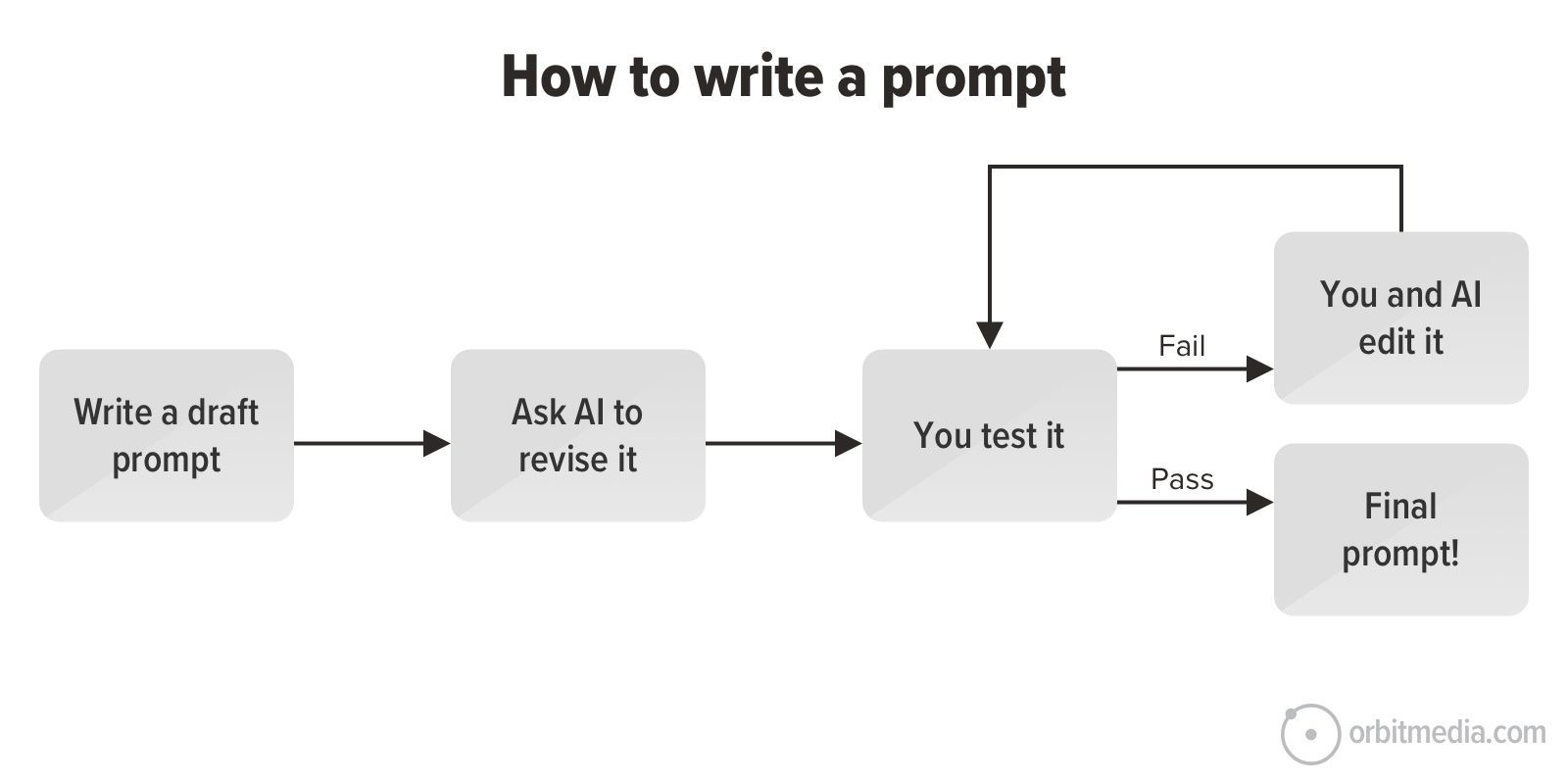How ISO 50001 Certification Fuels Success in Energy-Intensive Industries

Honestly, running an energy-intensive operation—like a steel forge, petrochemical plant, or data center—is like taming a wild beast. You’re wrestling with soaring energy costs, regulatory pressures, and the push for greener operations, all while keeping the lights on. That’s where ISO 50001 certification swoops in, like a seasoned trainer to calm the chaos. For high-energy industries, this certification isn’t just a pat on the back; it’s a roadmap to cut costs, boost efficiency, and shine as a sustainability leader. Let’s dig into why ISO 50001 certification is a must, how it transforms your business, and why 2025 is the perfect time to act.
What’s the Big Deal with ISO 50001 Certification?
Think of your facility as a roaring furnace. It’s powerful, but left unchecked, it devours fuel and spews waste. ISO 50001 certification acts like a master engineer’s blueprint, helping you control the burn for maximum output with minimal loss. This international standard, built for energy management systems (EnMS), guides you to monitor, optimize, and sustain energy performance across your operations.
Unlike fluffy sustainability pledges, ISO 50001 certification gets specific: energy audits, performance targets, process tweaks. It’s about embedding efficiency into your DNA, not chasing quick fixes. For energy-intensive industries, it’s a bold statement: “We’re mastering energy, and we’ve got the proof.”
Why Your Industry Needs This Now
Let’s not sugarcoat it—energy is a budget-killer in industries like manufacturing, mining, or cement production. Every kilowatt counts, and inefficiencies hit hard. ISO 50001 certification helps you fight back. It shows you where energy leaks—like outdated motors or idle equipment—and how to plug them. Plus, it’s a badge that impresses regulators, investors, and clients who prioritize green credentials.
I heard about Maria, a plant manager at a glass factory. Her energy bills were eating profits, and local regulations were tightening. After securing ISO 50001 certification, her team optimized furnace controls and retrofitted lighting, slashing energy use by 15% in nine months. Better yet, their sustainability cred won a lucrative contract with an eco-focused retailer. That’s the kind of victory certification unlocks.
· Profit boost: Efficient energy use trims costs, padding your margins.
· Sustainability edge: Certification proves your green commitment, attracting eco-savvy partners.
· Compliance win: A certified EnMS keeps regulators off your back.
The Heart of It: Pride in Progress
There’s a real buzz when your team nails something big. Earning ISO 50001 certification delivers that spark. Your operators, engineers, and managers see their work cutting bills and curbing emissions—real change they can feel good about. Ever seen a crew grin after smashing an energy-saving goal? That’s the pride certification ignites.
For you, as a leader, it’s a stress-buster. No more fretting over volatile energy prices or carbon penalties. ISO 50001 certification hands you a solid plan, letting you focus on innovation, not crises. It’s like trading a sputtering generator for a sleek, reliable power grid—you’re in control.
Busting the Myth: It’s Not Just for Giants
Here’s a tired line: ISO 50001 certification is only for massive corporations with endless resources. Not even close. Whether you’re a mid-sized foundry or a sprawling oil refinery, this standard fits your needs. Sure, it demands effort—energy mapping, staff training, audits—but it’s not some exclusive VIP club.
Take Sam, a supervisor at a small textile mill I know. His team thought certification was a pipe dream, given their tight budget. But with a step-by-step plan and some expert advice, they earned ISO 50001 certification in under a year. The result? Energy savings funded new machinery, and their green reputation drew eco-conscious clients. Commitment, not size, is what counts.
How Do You Land This Certification?
So, what’s the path to ISO 50001 certification? It’s a climb, but a clear one. Start by diving into the standard’s requirements—energy planning, performance tracking, continual improvement. Then, shape your EnMS to align, which might involve upgrading sensors, refining maintenance, or training your team on energy analytics.
The main event is the certification audit. A third-party registrar, like DNV or Bureau Veritas, will pore over your energy practices, from production lines to utility bills. They’ll ask tough questions, so prep like it’s game day. If you pass, you’re certified for three years, with yearly check-ins to keep you sharp. It’s rigorous, but the payoff is huge.
Here’s a quick game plan:
· Energy audit: Pinpoint where your energy goes and where it’s wasted.
· Training: Teach your team to track and manage energy use.
· Documentation: Log energy plans, metrics, and improvements clearly.
· Internal audits: Test your system before the pros arrive.
· Certification audit: Ace the review and grab your certification.
Pro tip: Software like Rockwell Automation’s FactoryTalk or ABB’s Ability can simplify energy monitoring and compliance. They’re lifesavers for complex operations.
The Bigger Picture: Impact Beyond Savings
Here’s the thing about ISO 50001 certification—it’s not just about cheaper bills. It rewires your entire operation. Leaner processes mean less downtime, better equipment longevity, and a workforce proud of their green impact. It’s like upgrading from a clunky old truck to a sleek electric model—everything runs better.
For energy-intensive industries, certification also unlocks opportunities. Eco-conscious buyers favor certified suppliers, and regulators ease up on compliant operations. Plus, it builds a culture of excellence. When your team sees energy wins pile up, they start eyeing other inefficiencies to tackle. In 2025, with sustainability driving global markets, that mindset is pure gold.
Pushing Past Excuses: “It’s Too Costly”
I get it. Your industry’s already stretched—raw materials, labor, upkeep. Shelling out for ISO 50001 certification feels like a gamble. But let’s reframe it: can you afford not to certify? Energy waste drains profits, and new environmental rules could sting. Certification isn’t an expense; it’s an investment with serious ROI.
To make it doable, start lean. Focus on high-impact fixes, like optimizing heavy machinery, to see quick savings. Spread training over time with online courses. And don’t fear consultants—their expertise saves you from costly detours. Think of it like fixing a leaky pipe: a small upfront cost prevents a flood later.
A Spring 2025 Vibe: Why Now’s the Time
Spring always brings a fresh buzz—new budgets, new momentum. In May 2025, with energy markets shaky and green expectations soaring, ISO 50001 certification is your chance to leap ahead. Clients are prioritizing sustainable partners, and regulators are cracking down on waste. Getting certified now sets you up to dominate, not just survive. Imagine cruising into summer with lower costs and a reputation that turns heads. That’s the springtime jolt you need.
The Human Touch: Stories That Inspire
Let’s talk about the people behind the energy meters. I once met an engineer, Aisha, at a fertilizer plant. She thought ISO 50001 certification was just corporate fluff—until she led an audit that uncovered a cooling system guzzling power. Her fix saved six figures annually and cut emissions, earning her a company-wide shoutout. Aisha’s now a certification cheerleader, and her story shows how this standard turns workers into difference-makers.
Stories like Aisha’s remind us that energy management is personal. It’s about people who want their work to matter—for their company and the planet. ISO 50001 certification gives them the tools to make that happen.
Your Next Step: Power Up
So, what’s holding you back? ISO 50001 certification isn’t just a box to check; it’s a spark for efficiency, savings, and leadership. Start by mapping your energy use and spotting gaps. Reach out to a registrar or consultant for a nudge. And get your team fired up—make them part of the journey, not just spectators.
Here’s a final thought: in an energy-hungry world, ISO 50001 certification isn’t just a smart play. It’s a legacy of leaner, greener operations that future-proofs your business. So, flip the switch, get certified, and light up your industry.






































































































![Building A Digital PR Strategy: 10 Essential Steps for Beginners [With Examples]](https://buzzsumo.com/wp-content/uploads/2023/09/Building-A-Digital-PR-Strategy-10-Essential-Steps-for-Beginners-With-Examples-bblog-masthead.jpg)














![How to Use GA4 to Track Social Media Traffic: 6 Questions, Answers and Insights [VIDEO]](https://www.orbitmedia.com/wp-content/uploads/2023/06/ab-testing.png)

































